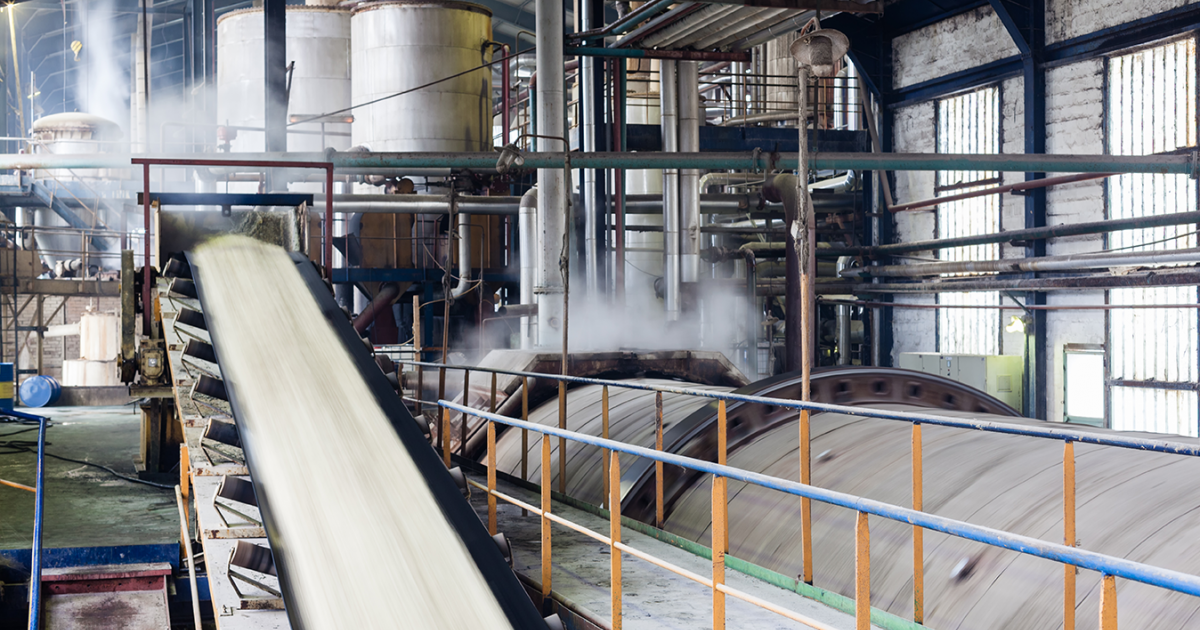Yes, quicklime, also known as calcium oxide (CaO), can be used in water treatment processes. Quicklime is a versatile chemical compound that can be employed for various water treatment applications. Some common uses include:
- pH Adjustment: Quicklime is often used to raise the pH of acidic water. The addition of quicklime helps neutralize acidity by reacting with acidic compounds in the water, such as carbon dioxide, to form calcium carbonate (CaCO₃).
- Coagulation and Flocculation: Quicklime can be used as a coagulant or flocculant aid in water treatment. It reacts with impurities in the water to form larger particles, making it easier for them to be removed during subsequent treatment processes.
- Softening: Quicklime is used in water softening processes to remove hardness-causing ions, such as calcium and magnesium. The reaction between quicklime and these ions forms insoluble precipitates that can be separated from the water.
- Disinfection: The high pH conditions created by quicklime can contribute to the disinfection of water by inhibiting the growth of certain pathogens. However, it’s important to note that quicklime is not a primary disinfectant, and additional disinfection methods may be required.
When using quicklime in water treatment, it’s crucial to carefully control the dosage to avoid over-treatment, as excessive amounts can lead to increased pH levels, which may have negative environmental and health impacts. Additionally, proper safety measures should be taken during the handling and application of quicklime, as it can be caustic. Always follow recommended guidelines and regulations for water treatment processes.











